Drive a New Civic? Got a Tax Refund? Time to Add Power

Honda’s new Civic is a heck of a car, even if the styling is polarizing. But it’s not a performance car like Civics of old, where mixing and matching engine and transmissions from other models could yield a very quick ride with a stratospheric redline. Enthusiasts are anxiously awaiting the Si and Type-R trims, which promise plenty of power — but what of those who already have a car, or need features the high-performance cars don’t have?
Enter Hondata, the firm that’s been tuning Honda engine management systems for years. It’s been the industry leader for those looking to do those engine swaps, and has developed software and devices to add performance to the factory ECU.
Recently, Hondata released its FlashPro for the newest Civic powered by the 1.5-liter turbo engine, and I had a chance to drive a Hondata-tuned 2017 Civic.
Even stock, the new turbo Civic is faster in the quarter-mile than the previous-generation Civic Si, so the extra performance should be impressive.
Per Doug Macmillan at Hondata, the FlashPro device can add either 3 or 6 psi of boost, adding anywhere from 10 to 20 horsepower with a few keystrokes. Based on customer feedback, the FlashPro cuts anywhere from a half to a full second off 0-60 times. Doug also tells me the 174-horsepower 1.5-liter turbo seems to be underrated by the factory, as Hondata is seeing un-tuned cars producing 200 hp on the dyno as long as greater than 87 octane is used.
Installing the FlashPro is remarkably simple. It simply plugs into the diagnostic port beneath the dashboard on the driver’s side of the Civic. From there, another cable plugs into a USB port on a Windows PC, and the included Hondata software will allow you to change the tune from stock to the various increased boost levels with a few clicks.
In my testing, it took about 5 minutes for the reflash and another 5 to 10 minutes of sedate driving for the ECU to relearn the octane of the fuel in the tank before I floored the throttle.
Mercifully, enthusiasts in California can play too, as Hondata is working on CARB certification for its 10th-generation Civic reflash. Doug Macmillan tells me all of Hondata’s reflashes since 2006 have been CARB certified.
I was able to test a 2017 Honda Civic Touring package, powered by the 1.5-liter turbo, driving through the CVT. Honda lists this as producing 174 hp at 6000 rpm, using 16.5 psi of boost. I tested this car both with the factory tune and Hondata’s +6 psi tune burning 89 octane fuel. Times were tested using a Racelogic Driftbox (provided by FASTtechLimited.com), which uses GPS signals to accurately measure time and speed.
Caveat: The car I tested was on slightly oversized snow tires — 225/55-17 versus the stock 215/50-17 — so the test vehicle was a bit slower off the line than a stock car. 1.2 inches difference in wheel diameter will blunt performance slightly. For comparison purposes, this should be fine as the vehicle itself was consistent.
I’ve seen published 0-60 times anywhere from 6.9 seconds up to 7.8. Few publications are clear as to the trim levels and transmissions on their test vehicles.
Tested as the Civic came from the factory (save the snow tires), the car ran consistent 8.2 second 0-60 times, and 6.7 seconds from 50-80 mph as a test of passing performance. Once the 6 psi tune was uploaded via the OBDII port under the dash and the ECU acclimated itself to the new tune, the same Civic dropped nearly a second off the 0-60 time — 7.3 seconds — and the rolling 50-80 test now took 6 seconds flat. That’s a significant performance jump for $695 and about 20 minutes of work.
Per Hondata’s dyno testing, the low RPM torque increase is the most accessible part of the performance envelope; improvement isn’t only at redline. The CVT maintains the engine around the torque peak between 3,000-3,500 rpm, ensuring that extra torque is always available.
Of course, you don’t have to drive around with the box plugged into your car. Once the reflash is downloaded to the ECU, you can unplug it. However, those who may be racing the car might want to leave it in, as the FlashPro will transmit data via Bluetooth to your iOS or Android device, acting as a second set of gauges to monitor engine performance. Below is a screenshot from Hondata Mobile on my Samsung Galaxy S7.
The owner of this Civic tells me he can see the same fuel economy as the standard car as long as he remains light on the throttle, but that the extra boost can be intoxicating. Now that the snow tires are off, he reports 41 mpg in daily commuting.
At $695, the Hondata FlashPro adds plenty of performance to your standard 2016 or 2017 turbocharged Civic for the price of a couple extra car payments. It’s certainly much less than what the new Civic Si will cost. An even less-expensive option simply requires you to take your car or send your ECU to a Hondata dealer, where they will perform a simple, one-time reflash for a mere $350.
I think I need to start shopping for a Civic.
[Images: Hondata]

Some enthusiasts say they were born with gasoline in their veins. Chris Tonn, on the other hand, had rust flakes in his eyes nearly since birth. Living in salty Ohio and being hopelessly addicted to vintage British and Japanese steel will do that to you. His work has appeared in eBay Motors, Hagerty, The Truth About Cars, Reader's Digest, AutoGuide, Family Handyman, and Jalopnik. He is a member of the Midwest Automotive Media Association, and he's currently looking for the safety glasses he just set down somewhere.
More by Chris Tonn
Latest Car Reviews
Read moreLatest Product Reviews
Read moreRecent Comments
- MaintenanceCosts Nobody here seems to acknowledge that there are multiple use cases for cars.Some people spend all their time driving all over the country and need every mile and minute of time savings. ICE cars are better for them right now.Some people only drive locally and fly when they travel. For them, there's probably a range number that works, and they don't really need more. For the uses for which we use our EV, that would be around 150 miles. The other thing about a low range requirement is it can make 120V charging viable. If you don't drive more than an average of about 40 miles/day, you can probably get enough electrons through a wall outlet. We spent over two years charging our Bolt only through 120V, while our house was getting rebuilt, and never had an issue.Those are extremes. There are all sorts of use cases in between, which probably represent the majority of drivers. For some users, what's needed is more range. But I think for most users, what's needed is better charging. Retrofit apartment garages like Tim's with 240V outlets at every spot. Install more L3 chargers in supermarket parking lots and alongside gas stations. Make chargers that work like Tesla Superchargers as ubiquitous as gas stations, and EV charging will not be an issue for most users.
- MaintenanceCosts I don't have an opinion on whether any one plant unionizing is the right answer, but the employees sure need to have the right to organize. Unions or the credible threat of unionization are the only thing, history has proven, that can keep employers honest. Without it, we've seen over and over, the employers have complete power over the workers and feel free to exploit the workers however they see fit. (And don't tell me "oh, the workers can just leave" - in an oligopolistic industry, working conditions quickly converge, and there's not another employer right around the corner.)
- Kjhkjlhkjhkljh kljhjkhjklhkjh [h3]Wake me up when it is a 1989 635Csi with a M88/3[/h3]
- BrandX "I can charge using the 240V outlets, sure, but it’s slow."No it's not. That's what all home chargers use - 240V.
- Jalop1991 does the odometer represent itself in an analog fashion? Will the numbers roll slowly and stop wherever, or do they just blink to the next number like any old boring modern car?
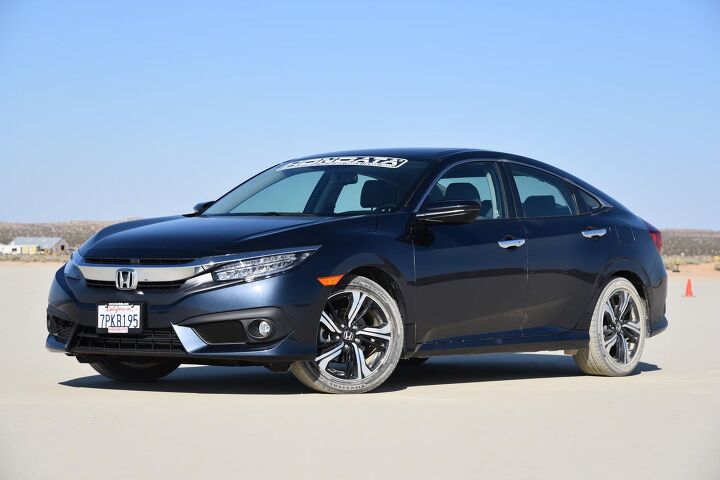








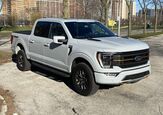







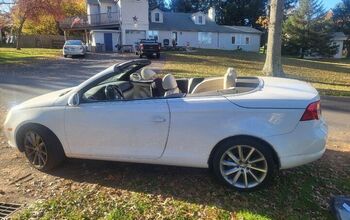


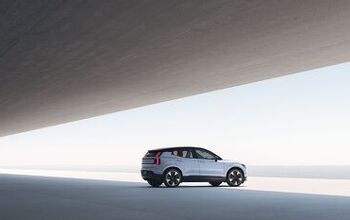
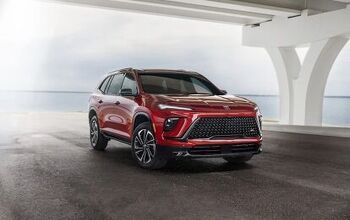


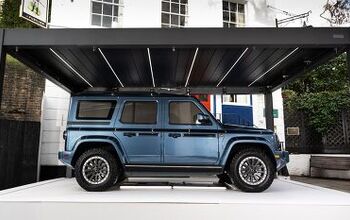
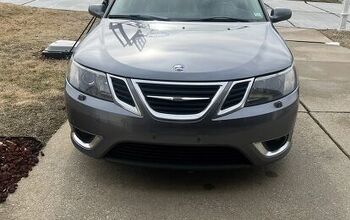
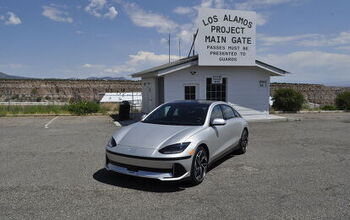

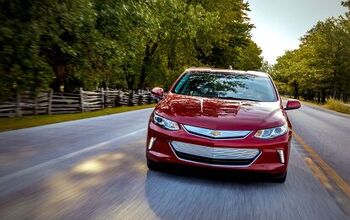

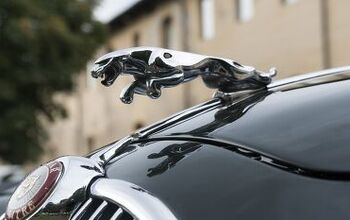
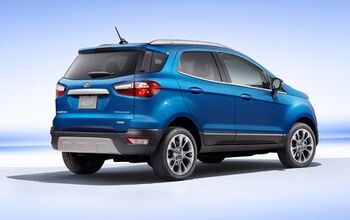
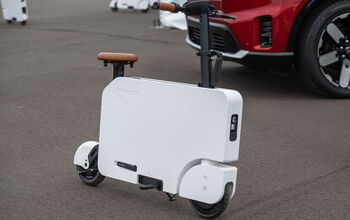
Comments
Join the conversation
"The owner of this Civic tells me he can see the same fuel economy as the standard car as long as he remains light on the throttle, but that the extra boost can be intoxicating. " isn't this the bad rap the Ford ecoboost engines get? sure, great power, but nobody can stay away from it. i was wondering if and when anybody joined Ford after bashing the turbo moves. they did and suffer from the same mpg vs power choices. my mks can ave 20/21 if i drive easy breezy. if i start enjoying the feeling in my back, forgetaboutit! and this extra power stresses the trans, an issue i would think when there is a cvt. the fords usually force the buyer into AWD when the higher powered turbos are gotten. at least with their fwd based set ups.
It looks like one of the steps need to turn a hatchback into a SiR. Limited Slip and the Si suspension are next. That will probably bring up the total to $5k, not counting installation.